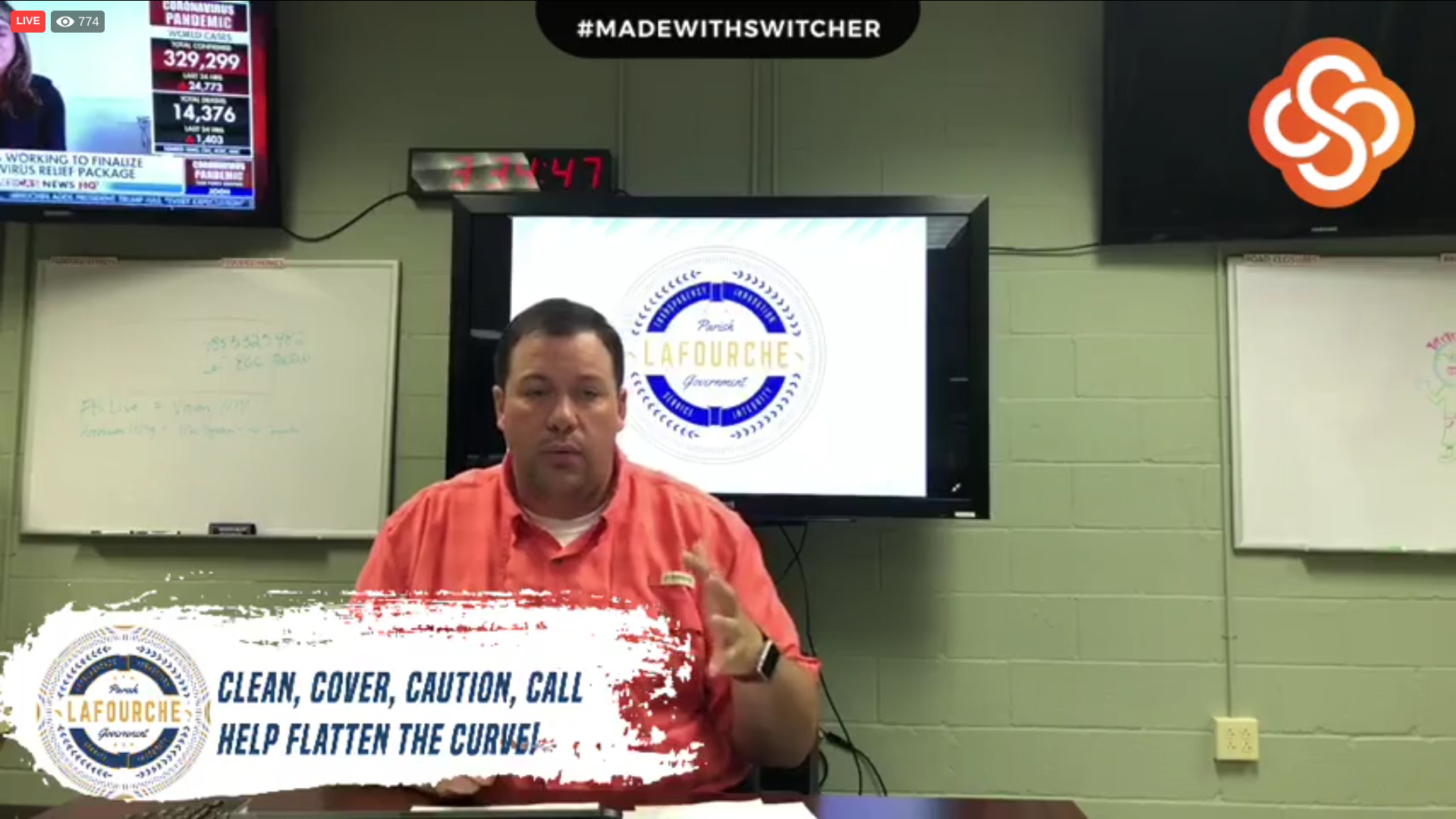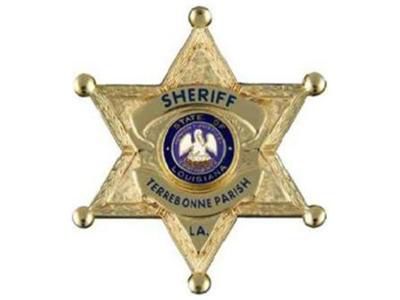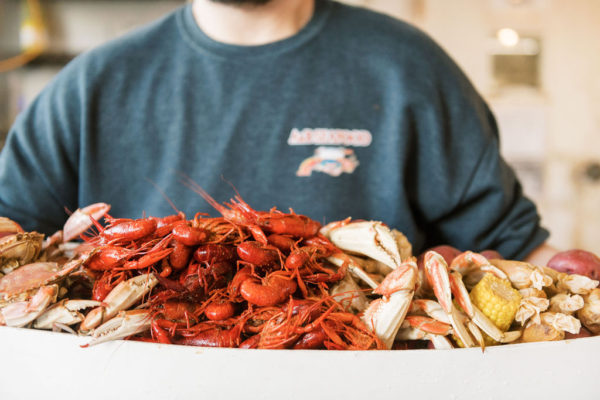
Lafourche Update: Parish Government to be ‘Essential Only’
March 22, 2020
TPSO Asks For Public’s Patience
March 22, 2020As the Bayou Region’s church gatherings are postponed, reducing possible exposure to the novel coronavirus, the Catholic Church moves into the digital age to reach its flock.
Fr. Andre Melancon, 36, of St. Bernadette Church of Houma, has been delivering mass over Facebook to his congregation since Monday, March 16. The Louisiana Gov. John Bel Edwards has passed an executive order banning all gatherings of 50 or more, so allowing the congregation to happen online has allowed Melancon to reach up to 4,000 people in one service without fear of Covid-19.
“The fact that this is happening in a time where we have these means to reach our people, you know they can’t come to church and attend mass live, but they can still watch and hear their pastors voice and see a familiar face,” said Melancon. “Even so much has changed, we’re able to bring them so much that’s familiar.”
Live streaming is the action of performing an action, in this case the mass, in front of a video camera, which then is viewed as it happens over the internet.
Mass, in the Catholic Church is an assembly of church members who through prayer, and ritual, believe they deliver praise onto a divine god. Within the Catholic faith, it is believed that a divine being, named God, sent his son down in human form to be executed and thereby every other person on earth is vicariously forgiven for their moral misdeeds.
“We commemorate his sacrifice, but then we eat of the Eucharist, which we believe is his body and blood,” explained Melancon. “It has two many parts: the liturgy of the Word, and the liturgy of the eucharist.”
The Eucharist is two items: typically wine and a form of bread, usually unleavened. The liturgy is a scriptural reading from the Old or New Testament. The reading of the Word comes first, then Melancon reads a sermon or homily, after which the reading of the Eucharist takes place. A
Eucharistic prayer is recited, “and a prayer of consecration where we believe that the bread and wine become the body and blood of Jesus, and then we eat of the eucharist.”
Because the congregation is not at home and therefore unable to take the two items, the congregation is asked to make a spiritual communion where they say a prayer expressing their desire to receive the Eucharist.
“Then the last thing is the dismissal, which is actually where ‘mass’ comes from,” Melancon explained. “The Latin was ite missa est, ‘mass’ basically means ‘sent.’”
Typically, Melancon has about 1,300 of his members partake in mass over a weekend, and he said some who have viewed the service online have told him they, “had stopped coming to mass, but just felt an urge to participate in the mass through this social media and that they might come back when we are able to open the church,” he said.
Confession, another important aspect to the Catholic belief, has also been changed because of the threat of the pandemic. When a believer in Catholicism commits an immoral action, a Catholic believes they must receive absolution from a priest. This is done through confessing their actions to a priest who forgives these actions.
“It’s our sin that keeps us from God,” said Melancon. “And so we need to be forgiven, and so that’s the process of redemption in our life.”
To reduce potential exposure, Melancon has been giving drive-thru confessions, where the member can tell him their actions from a vehicle. For those who wish to receive confession the normal manner, Melancon has the booths set up 6 feet apart – the recommended distance by health officials to reduce the threat of Covid-19.








